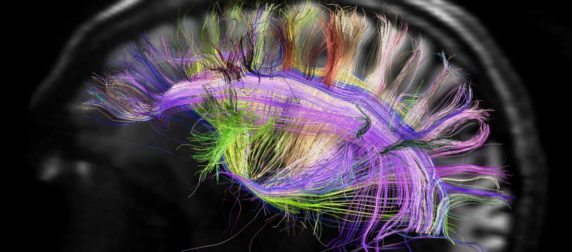You worked hard on your visual identity, your brand has been time tested and focus grouped to death, but do you know why it works (or doesn’t) in some formats or in some contexts? The answer is likely involved with Neuromarketing Science.
How the brand appears, how it’s used in advertising in print on television, or online, affects buyer perception of the product the company and the brand. It’s one of the reasons brand standards and usage guides evolved, to help maintain consistency of presentation from usage to usage, to give to structure and control flexibility of the various uses and appearances of the brand. That usage manual, in a perfect world, was also backed up by Neuormarketing science, the science of perception with regard to persuasion.
That usage manual, in a perfect world, was also backed up by Neuormarketing science, the science of perception with regard to persuasion.
Perception can be shifted based on a number of characteristics of the product the packaging and the brand usage. How the brand appears, where it appears, it’s placement in-situ for packaging, advertising and other outlets, and other factors. Here’s four ways you can make your brand more powerful using this brilliant perception science.
- Give It Weight – positioning of the brand on packaging and in advertising can affect the perception of the weight (both literal and figurative) of the product. Studies have shown that product logos positioned at the bottom of the page or the lowest part of the package are perceived as heavier than those where the logo or product squib is placed near the top of the package or the page. If you want to be taken seriously, let the weight do some work for you (if weight is a positive attribute for your product), and put your product logo toward the bottom.
- Let Color Work For You – Weight and credibility can also be inferred, and therefore manipulated, through the use of color. This one is more specific to product advertising, but many brands can take advantage of this attribute. Studies have shown that a lighter color can indicate a perception of lighter weight. How many times have you seen a product logo appear in one color for the “standard” product, and a lighter version of that same color appears on their “light” version (low sugar, low fat, low calorie, low density, low carb, low gluten, take advantage of this perception). Studies showed however that this only works on versions of the same color – putting your product in a black box won’t be perceived as any heavier than in a white one, but light red or pink is perceived as lighter than dark red or scarlet.
- Pay It Forward – The brand’s place on the perceived time continuum can be positioned for the purpose of creating a specific impression. English speakers and Romance language users perceive time as moving from left to right, while other languages and their users perceive time in the opposite direction (Hebrew, for example). If you want it to appear that your brand is older and more established, place the brand or product depiction on the left, and it will read as more traditional, nostalgic, or time-tested. Place the brand on the right side of the page, the closer to the right edge the better, and it will be perceived as fresh, modern, forward-thinking, high-tech. This effect can also be embodied in the brand itself. Logos that show motion or direct the eye to the right tend to be perceived as more progressive, skew younger and more active, more advanced. The NIKE swoosh moves to the right showing speed, advancement, direction, purpose, forward motion.
- Avoid Dissonance and Negativity – Sensory inputs should work in harmony for the best results, both in use of the brand, and in where it appears – context matters. Color, sound, small, ambient lighting, all play a part in the perception of the product, and these elements need to work together to get maximum impact from the brand. A bright colored package, with an astringent or citric aroma, with fast blaring music, will all work to create the perception of youth, vigor, action, engagement, high-energy. A pastel colored package viewed under diminished lighting, with soothing music and the scent of lavender will evoke relaxation, solidity, kindness and positivity. Mixing the elements creates dissonance in the mind of the buyer, and generates insecurity and indecision.
Additionally, negativity in imagery or brand context can drive down sales behavior. Studies have shown that uncomfortable situations or depiction of negativity or sadness, however brief, can cause an overall negative perception of the brand, enough to depress buying behavior. Keeping a fully positive outlook, use of positive and uplifting imagery has the opposite effect, engendering a sense of trust and wellbeing, and driving buying behavior upward.
Is your brand being used in its most powerful context to build the right perception? Test these four elements, and see if you’re sending the right message . . .





